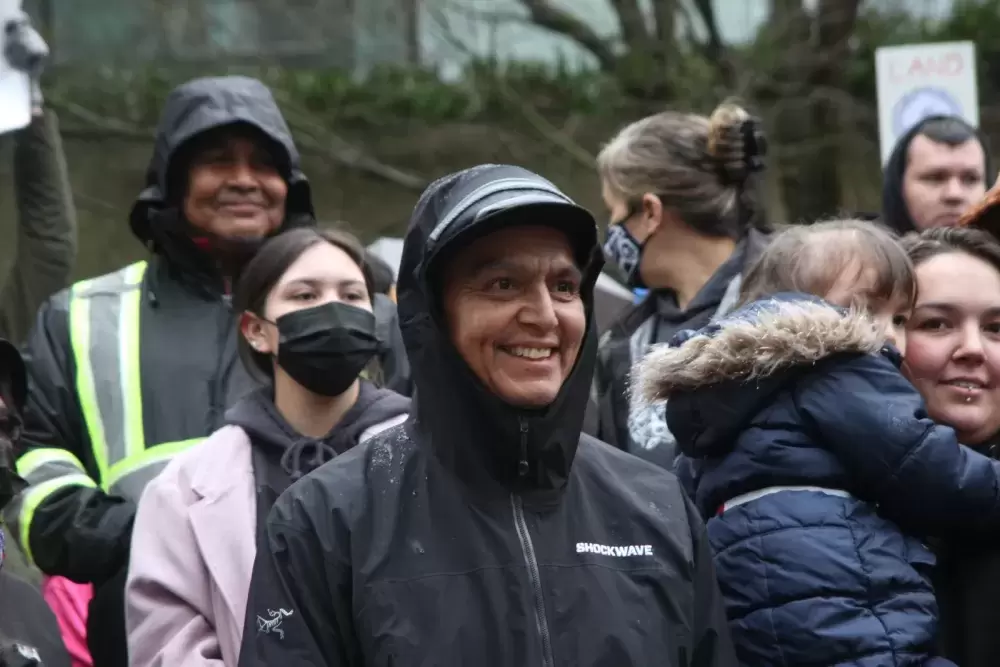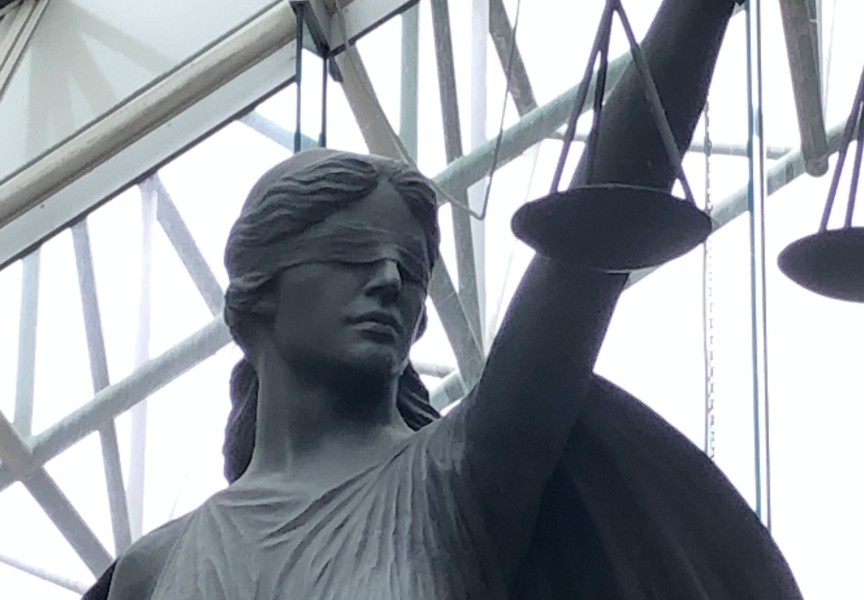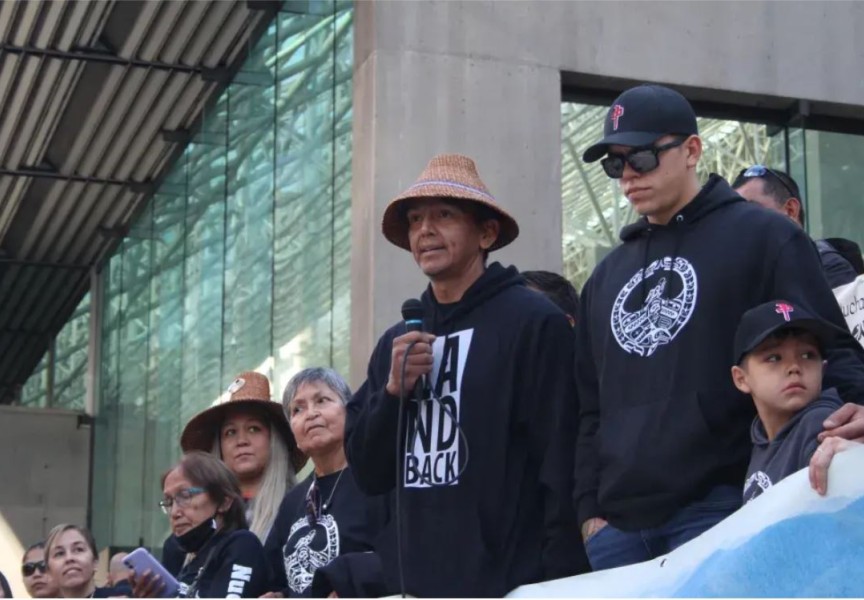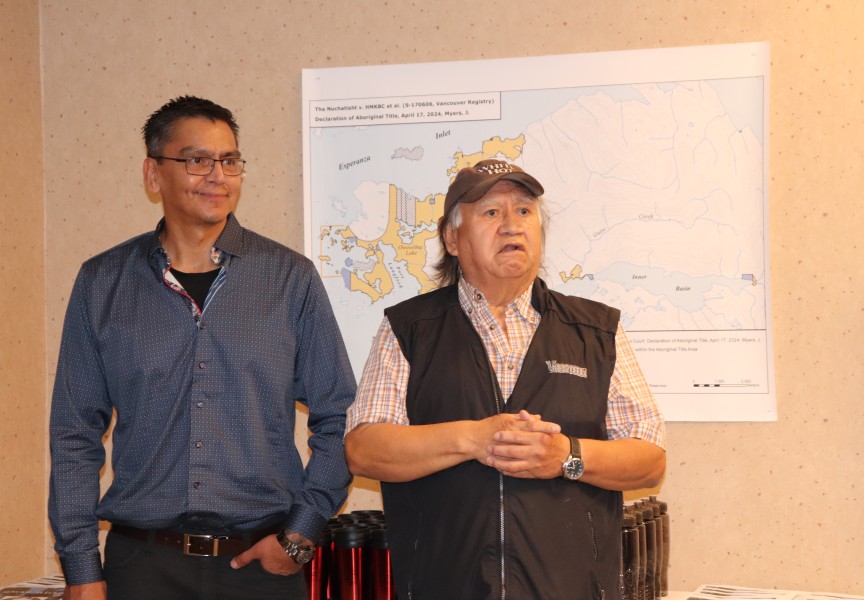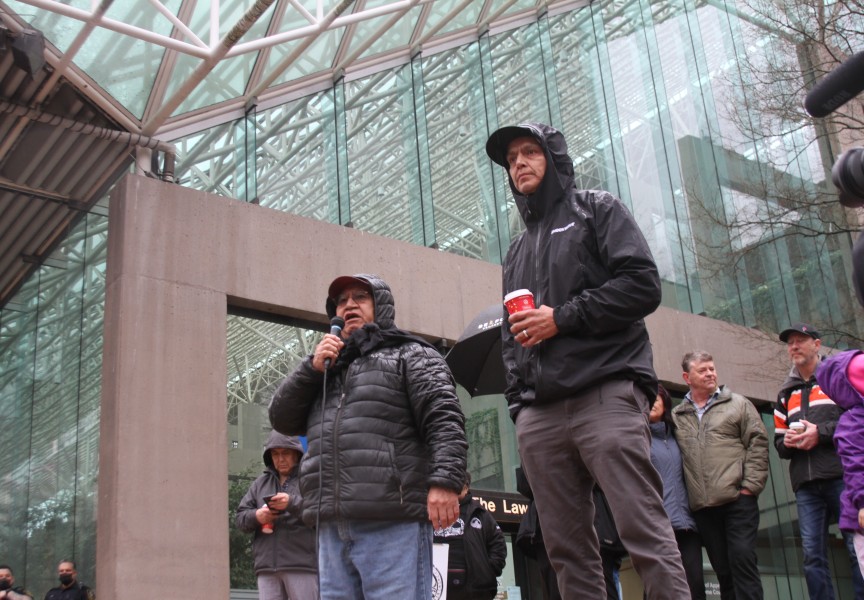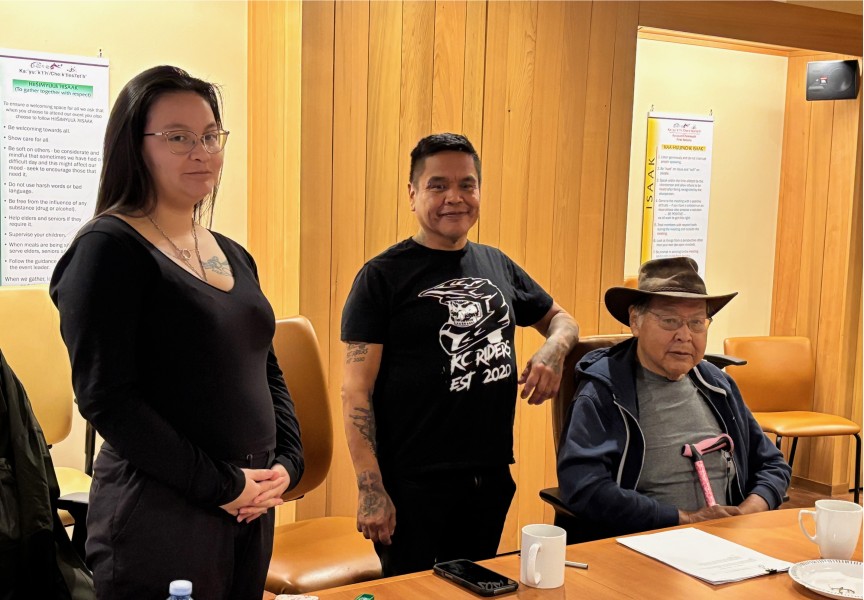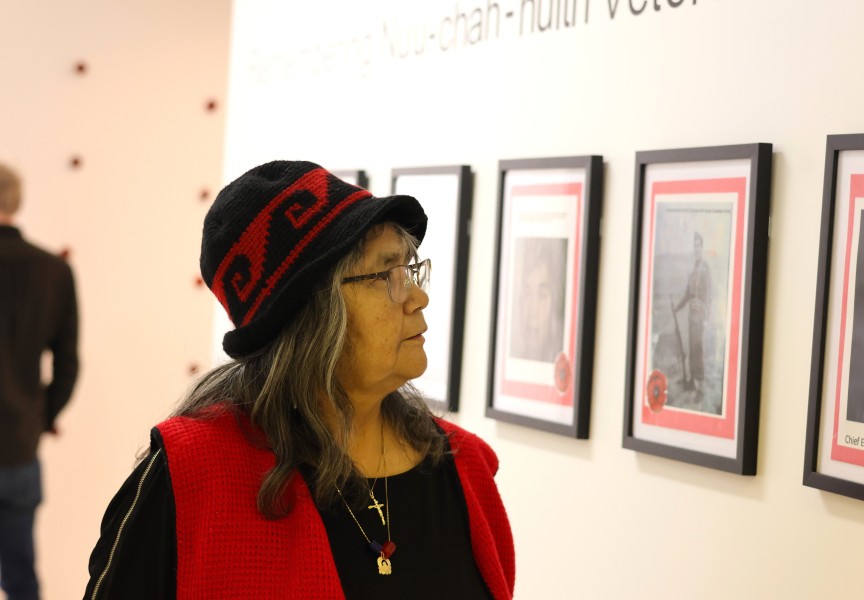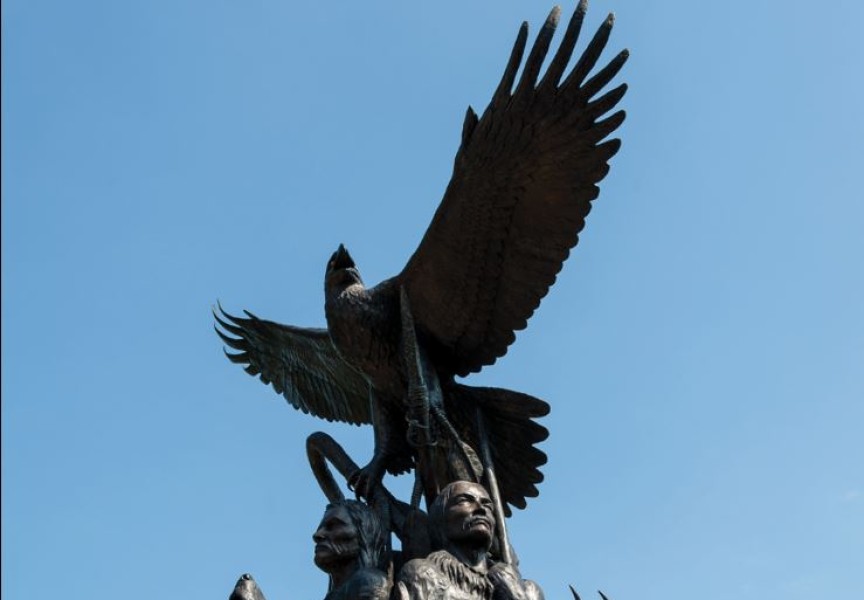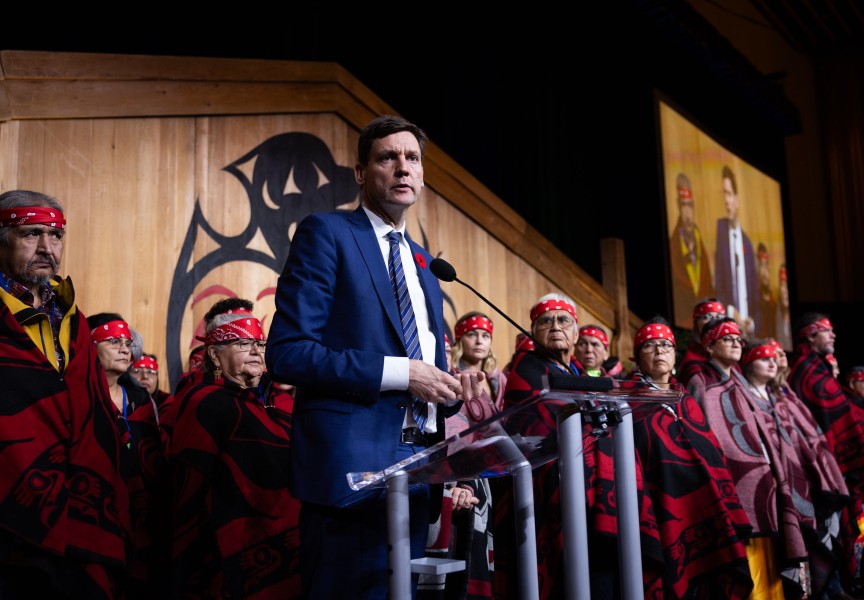The trial over the Nuchatlaht’s claim of Aboriginal title to the northern part of Nootka Island is currently on a summer break, as the First Nation’s legal team and the province’s lawyers prepare their final arguments.
Over 40 days in court that began March 21, the evidence portion of the trial ended May 26. Both sides are now reviewing facts presented to Justice Elliot Myers over the two months, assembling their final arguments for the B.C. Supreme Court.
Owen Stewart from the Nuchatlaht’s legal team is confident in how things have progressed so far.
“I think the trial went very well for us,” he said.
Originally filed to the court at the beginning of 2017, the Aboriginal title case entails the Nuchatlaht seeking legal recognition - under B.C. and Canadian law – of 20,000 hectares of territory across the northern part of Nootka Island, which is located west of Vancouver Island’s north.
The case is considered a milestone in how British Columbia considers an Indigenous community’s ownership over traditional territory, and a decision on the small First Nation’s claim could pave the way for others seeking legal recognition. The Nuchatlaht case relies heavily on a decision upheld by the Supreme Court of Canada in 2014, in which the Tsilhqot’in were granted Aboriginal title over 1,700 square kilometres in central B.C. – despite being considered a “semi-nomadic” group of tribes.
The Tsilhqot’in case was in court for almost 400 days, making it one of the most expensive trials in B.C. history. But with the precedent set, the Nuchatlaht case has so far lasted a fraction of the time.
“Everybody knows that Aboriginal title litigation is incredibly expensive,” said Stewart. “We made a number of tactical decisions to try and make the trial as thorough as possible in as least amount of time as possible.”
The Tsilhqot’in decision determined that Aboriginal title requires a nation’s proof of exclusively and continually occupying an area before the British Crown asserted sovereignty. In the Nuchatlaht’s case, the legal test is proving occupation of Nootka Island back to 1846, a time when the First Nation’s legal team presented the existence of a confederacy of at least half a dozen tribes with a governance structure in place.
Thanks to extensive records from British Columbia’s fur trading era, the First Nation’s legal team was able to trace a genealogical line from the current Tyee Ha’wilth Jordan Michael to Chief Tarrason, who led the Nuchatlaht in the late 1700s.
But the province has disputed the assertion that the Nuchatlaht are the only First Nation to own and occupy the territory for the last century and a half.
“The modern-day Nuchatlaht does not presumptively gain Aboriginal title from other local groups,” said Jeff Echols from the provincial government’s legal team during opening arguments in March. “You can’t say that the groups in 1846, or the date of sovereignty, were necessarily Nuchatlaht.”
“It’s something that the province is continuing to push,” commented Stewart.
In proving continued occupation of the claim area, both sides relied heavily on archaeological studies. For the Nuchatlaht this included hundreds of pages from expert witness Jacob Earnshaw that detailed the presence of culturally modified trees throughout northern Nootka Island.
But the province also provided expert witnesses, including three who were contracted just to dispute an archaeologist who was going to testify for the Nuchatlaht.
“We dropped one of our expert witnesses, Chelsea Armstrong, because the province had called three witnesses to respond to her one report, which could have added another at least two weeks, maybe four weeks to the trial,” said Stewart, noting that the provincial government’s approach was to dispute everything that the First Nation’s team presented. “I think the province’s plan was to challenge the line that we draw on a map, and say ‘This line isn’t accurate’.”
This approach indicated a “discrepancy of resources” between the two sides, said Stewart. With less than 170 registered members, the case has already cost the Nuchatlaht considerably, making additional weeks a concerning drain on the First Nation’s finances. Two thirds of the trial have so far been taken up by the provincial government’s presentations.
“The province has these resources to ask everyone and everything to write an expert report,” added Stewart.
Northern Nootka Island is currently Crown land, managed through a forestry tenure held by Western Forest Products. The forestry company was originally a defendant in the case, but after the first week of the trial WFP stepped out when it was determined its participation was no longer relevant.
During its opening argument in March Western questioned how forestry obligations, such as replanting and de-commissioning logging roads, will be met if the Nuchatlaht gain legal ownership of the land.
“The spectre that they raised isn’t an issue for this trial,” said Stewart, adding that it was found that the province can designate other areas in the region for WFP to log. “They would be able to access other areas of Crown timber, so it wouldn’t impact their annual allowable cut.”
The trial is scheduled to be back in court Sept. 26 for final arguments to be presented. This is expected to last three weeks in Vancouver.

